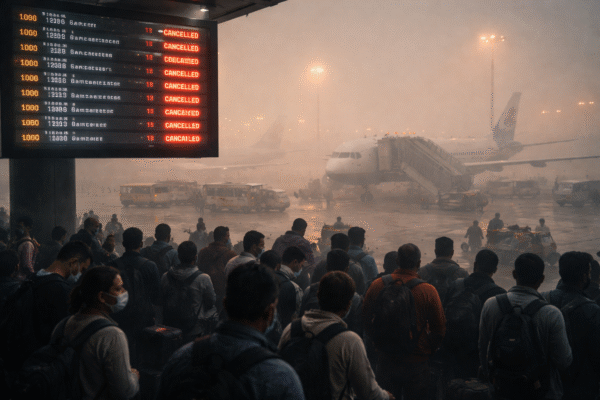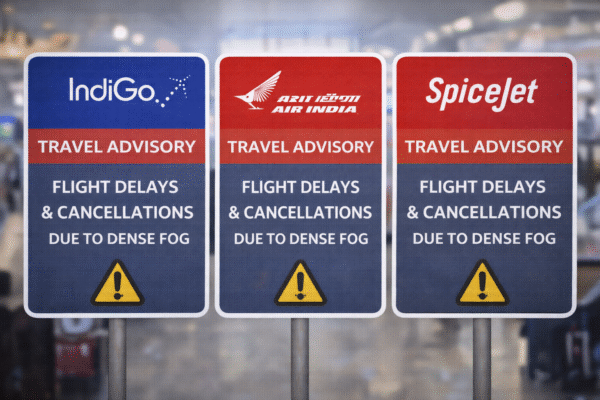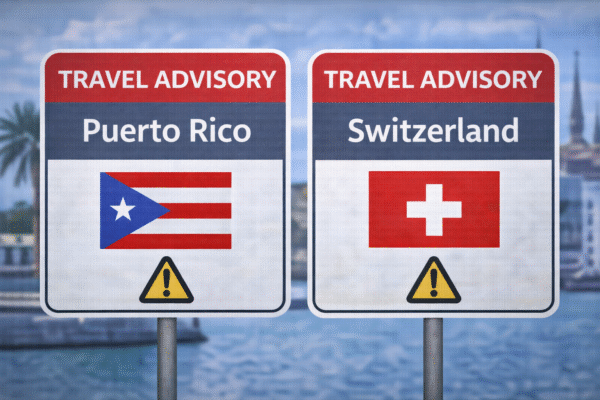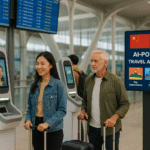Self-driving taxis have transitioned from science fiction to reality, and San Francisco is at the epicenter of this transportation revolution. As a globally recognized tech hub, the city now hosts more than 300 autonomous vehicles navigating its iconic streets, offering both residents and global travelers a futuristic ride experience. Operated by Waymo, a subsidiary of Alphabet Inc., these “robotaxis” represent a transformative shift in how people explore urban destinations.
For international tourists, stepping into a driverless car is not just about getting from point A to B—it’s about participating in the evolution of travel. But while the concept captivates the imagination, the reality of self-driving taxis is a mix of innovation, growing pains, and global implications.
How Waymo’s Autonomous Fleet is Reimagining Urban Mobility
Waymo’s self-driving taxis, branded under the Waymo One service, rely on cutting-edge artificial intelligence, LiDAR, and radar systems to interpret their environment. These vehicles can identify road hazards, interpret traffic signals, and execute complex driving decisions—all without a human behind the wheel.
The experience is entirely app-based. Tourists use the Waymo app to summon a ride just like they would with Uber or Lyft. However, when the sleek electric vehicle arrives, there’s no driver to greet them—only a polite recorded voice and digital interface guiding the journey. It’s a leap toward the smart cities of tomorrow.
San Francisco, known for its steep hills, dense traffic, and unpredictable weather, provides an ideal real-world testing ground. If autonomous vehicles can succeed here, they can likely succeed in any major global city.
Traveler Reactions: Awe, Curiosity, and Tech Glitches
Tourists who try Waymo rides often report a blend of fascination and discomfort. The absence of a driver can be disorienting at first. Some users have even noted minor issues such as vehicles driving off before passengers could board—pointing to software limitations that still need refinement.
Inside the cabin, however, the ride is typically smooth and silent. The car accelerates, brakes, and changes lanes with algorithmic precision. For many, the novelty outweighs any initial concerns, especially for tech-savvy travelers keen to experience the future of mobility.
Global Implications: How Self-Driving Cars Could Revolutionize Tourism
Beyond San Francisco, autonomous taxis are being piloted in Tokyo, Singapore, Berlin, and Dubai. In Japan, self-driving shuttle buses are being integrated into rural and urban transit systems ahead of the Osaka Expo 2025. Germany has authorized Level 4 autonomous vehicles on designated routes. Dubai’s Roads and Transport Authority (RTA) is aiming for 25% of all city trips to be autonomous by 2030.
For the tourism industry, this presents enormous potential. Imagine arriving in a foreign city and instantly accessing a driverless vehicle that can communicate in your language, provide route explanations, and recommend attractions—all powered by AI.
Such systems could reduce travel anxiety, eliminate language barriers, and offer real-time multilingual assistance, particularly in destinations where tourists may be unfamiliar with local customs or infrastructure.
Challenges: Regulations, Ethics, and the Human Factor
Despite technological strides, the path to mainstream adoption is paved with challenges. U.S. federal and California state regulations still limit the commercial scalability of autonomous fleets. Safety remains the top concern. According to the National Highway Traffic Safety Administration (NHTSA), autonomous vehicles must be able to respond to unforeseen circumstances such as erratic drivers, road debris, or emergency vehicles.
There’s also public skepticism. In 2023, several Waymo and Cruise vehicles were involved in minor collisions or confused by emergency scenes, prompting temporary pauses in some testing programs.
Another hurdle is global harmonization. Countries vary widely in road infrastructure, traffic culture, and legal frameworks. In places like India or Vietnam, where traffic conditions are highly fluid and unpredictable, self-driving cars may struggle more than in the structured grids of North America or Europe.
Privacy is also a concern. Autonomous taxis collect vast amounts of data through sensors and onboard cameras. Governments and companies must ensure that this data is handled securely and ethically, especially when serving international travelers.
A New Chapter in Smart Travel
Self-driving taxis may be the start of a larger transformation in tourism. Integrating AI into transport opens the door to smart itinerary planning, personalized routes, zero-emission travel, and eventually, city-wide AI-powered transit networks. This shift could also reduce reliance on rental cars, lower congestion, and minimize carbon footprints in popular destinations.
Additionally, these systems can assist travelers with mobility issues, offering accessible travel options without needing human assistance. For elderly or differently-abled tourists, this technology could dramatically improve their ability to explore cities independently.
San Francisco as a Beacon for Global Travel Innovation
As one of the first cities in the U.S. to roll out fully autonomous taxi services to the public, San Francisco is setting a benchmark for smart urban tourism. With every self-driving ride, the city moves closer to a future where intelligent transport enhances both resident life and tourist experience.
Tourists visiting the Bay Area now have the unique opportunity to be early adopters of a global trend that could soon redefine travel norms. While the journey to widespread adoption is still underway, San Francisco proves that the autonomous travel revolution is no longer a matter of “if,” but “when.”
Conclusion
The rise of self-driving taxis in San Francisco marks a critical milestone in the global evolution of travel. For tourists, the experience is both thrilling and symbolic of a new age in mobility. Though challenges remain, the integration of autonomous vehicles into tourism promises safer, more efficient, and more personalized travel experiences.
As smart cities evolve, the world’s travelers will increasingly look to destinations like San Francisco—not just for their iconic landmarks, but for their pioneering role in shaping the future of how we explore them.
For more travel news like this, keep reading Global Travel Wire
















